Azaleas dying
westminstress
9 years ago
Related Stories
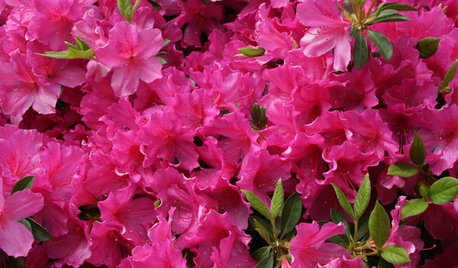
SOUTHEAST GARDENINGSoutheast Gardener's April Checklist
Stock up on herbs, keep clippers away from the daffodils and watch for signs of a major impatiens threat
Full Story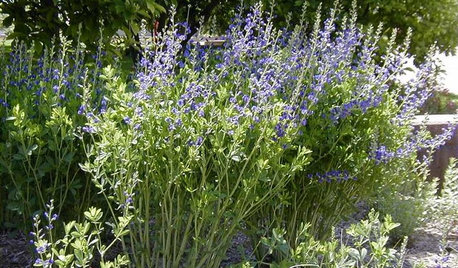
GARDENING GUIDES5 Great Plants for Borders and Screens
Get the effects of a shrub but in less time — and drawing more winged pollinators — with these herbaceous perennials
Full Story
GARDENING GUIDESHouzz Call: What’s Your Favorite Backyard Beauty?
The simple, honest daisy is this writer’s go-to garden flower. We want to hear which plant, flowering or otherwise, gives you special joy
Full Story
LANDSCAPE DESIGNFind Yourself in an Epic Garden in the Shade
Feeling hot and tired gardening in the sun? The world of shade gardening beckons you to its cool mystery
Full Story
EDIBLE GARDENSNatural Ways to Get Rid of Weeds in Your Garden
Use these techniques to help prevent the spread of weeds and to learn about your soil
Full Story
LANDSCAPE DESIGNCalifornia Says Goodbye to the Sprawling Ornamental Lawn
New state rules will effectively limit turfgrass to 25 percent of the landscape in most new and renovated yards
Full Story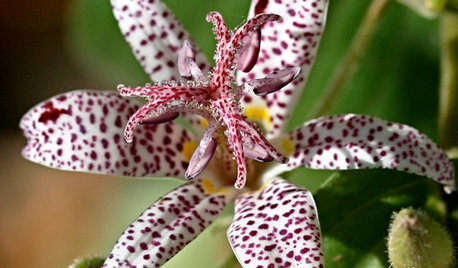
SUMMER GARDENING10 Perennials to Extend Your Garden's Summer Color
Revive summer-weary gardens with outstanding late bloomers such as toad lily, Russian sage, blanket flower and more
Full Story
LANDSCAPE DESIGN15 Great Ideas for a Lawn-Free Yard
End the turf war for good with hardscaping, native grasses and ground covers that save water and are easier to maintain
Full Story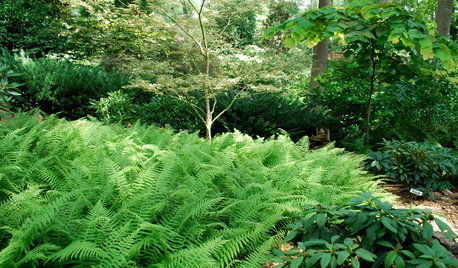
PLANTING IDEASFerns: A Shade Gardener’s Best Friend
Bring rich texture and contrast to a dark woodland landscape with wonderfully diverse ferns
Full Story
WORKING WITH PROSWhat Do Landscape Architects Do?
There are many misconceptions about what landscape architects do. Learn what they bring to a project
Full StorySponsored






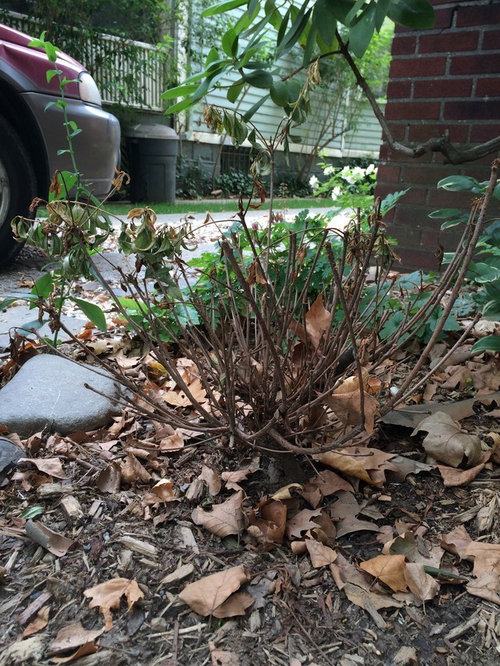
westminstressOriginal Author
dbarron
Related Professionals
Clermont Landscape Contractors · Pelham Landscape Contractors · Belmont Landscape Contractors · Brooklyn Park Landscape Contractors · Clayton Landscape Contractors · Edwardsville Landscape Contractors · Firestone Landscape Contractors · Golden Landscape Contractors · Nashua Landscape Contractors · Point Pleasant Landscape Contractors · Reedley Landscape Contractors · Roseville Landscape Contractors · Washington Landscape Contractors · Whitehall Landscape Contractors · Shenandoah Landscape ContractorswestminstressOriginal Author
akamainegrower
westminstressOriginal Author
jemjazzington
akamainegrower
brooklynbonnie
westminstressOriginal Author
akamainegrower
westminstressOriginal Author
akamainegrower
westminstressOriginal Author
purslanegarden